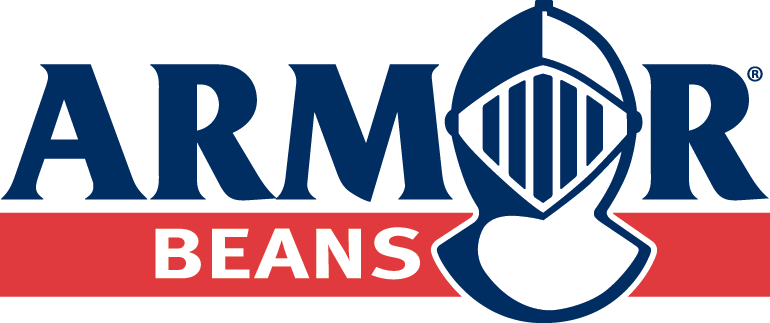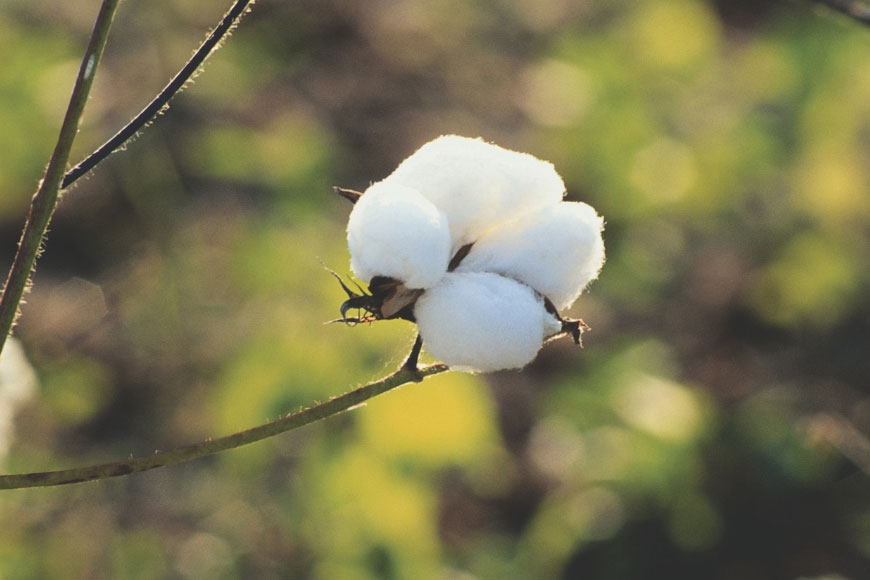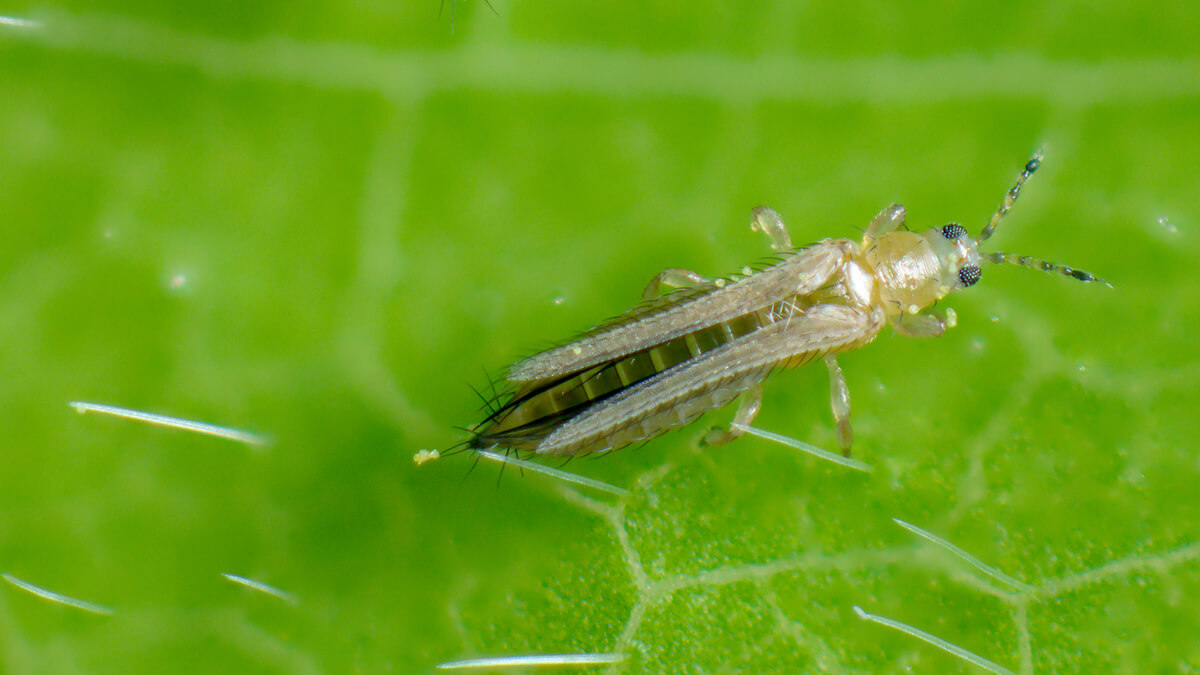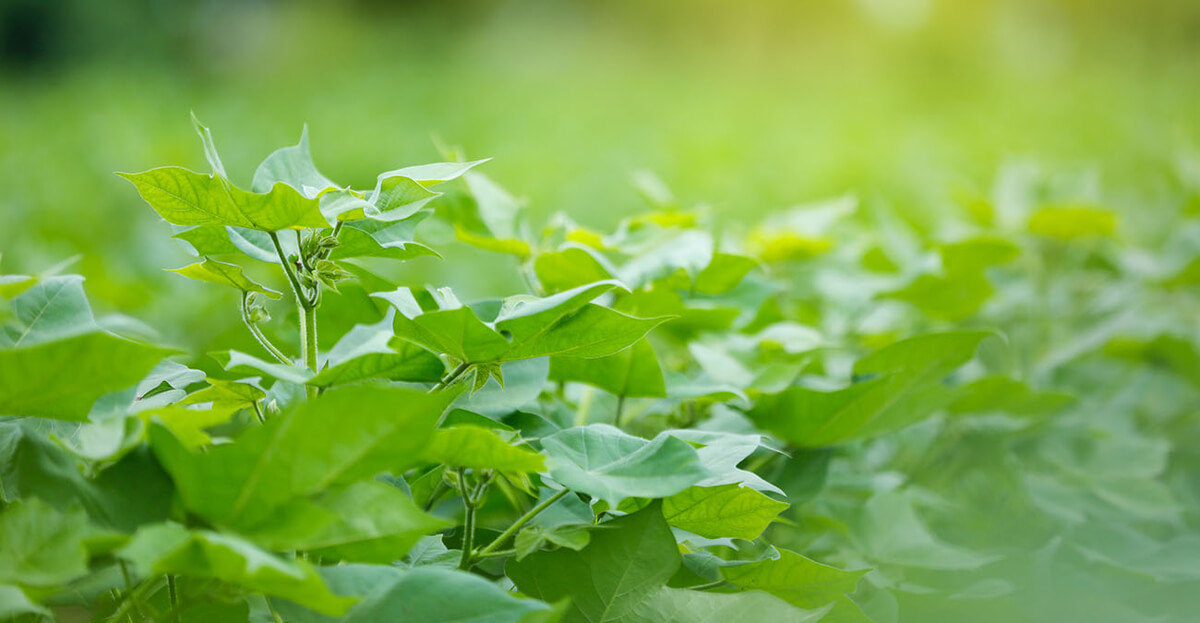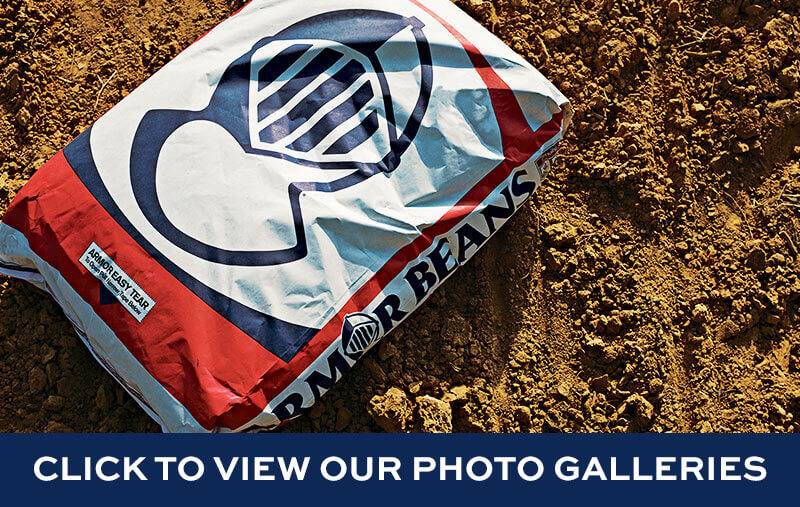- Written by Jonathan Folsom, Market Development Agronomist
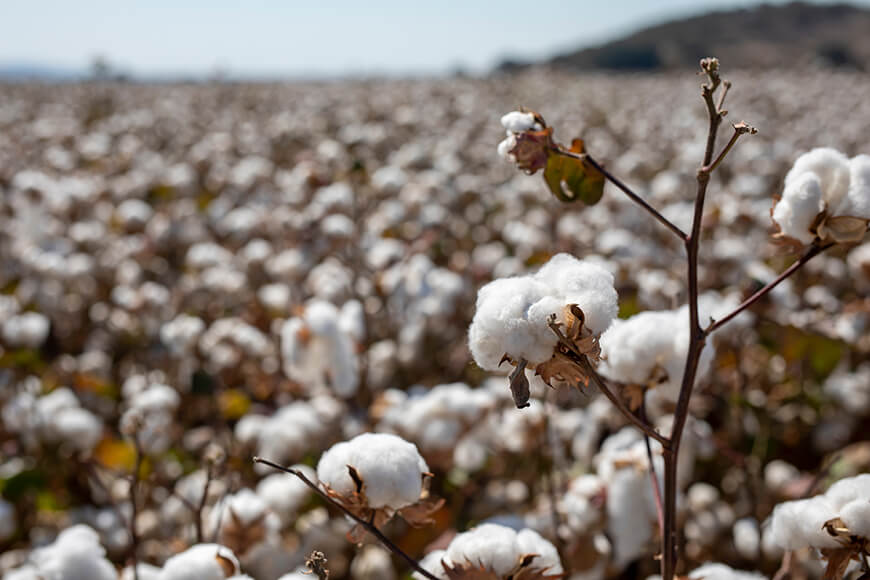
Defoliation and boll opening are natural processes that occur as cotton plants mature, but you’re probably accustomed to using harvest aids to expedite these processes to improve harvest efficiency, yield and fiber quality. As you plan a harvest strategy, consider these tips for successful cotton defoliation.
Best Practices for Cotton Defoliation Timing
When is the best time to apply cotton defoliants? The short answer is to spray as soon as the cotton is mature. There are several ways to determine if the crop is ready.
Nodes Above Cracked Boll Method
This method entails counting the fruiting branches above the uppermost cracked boll to gauge cotton maturity. Generally, you will find that the four nodes above the uppermost cracked boll will have mature cotton. If no more than four nodes are above the first cracked boll, you can assume it is safe to apply defoliants. If there are more than four fruiting nodes above the uppermost cracked boll that will contribute to yield, you can use the cut test described below to validate whether cotton is mature.
Cut Test Method
The cut test can validate whether the uppermost cotton bolls on a plant are mature. Using a sharp knife, slice across the uppermost boll that will contribute to yield. Bolls that are fully developed and ready for a defoliant will have seeds with a darkened seed coat and cotyledons containing no jelly-like substance.
60% Open Bolls Method
Estimating the percentage of open bolls is the most common way to determine whether a field is mature and ready for defoliating. Generally, if 60% of bolls are open, defoliating is safe. Validate your percentage estimate by counting open and closed bolls across several 3-foot-long rows throughout the field.
Environmental Conditions Affecting Application Timing
Beyond maturity, several environmental conditions can affect defoliant application timing:
- Temperature: Cotton responds well to harvest aids when temperatures are above 60 F. The efficacy of hormonal activities, like those induced by ethephon, can diminish at lower temperatures. Aim to apply harvest aids during warmer weather to speed up leaf drop and boll opening.
- Rain: If rain is forecasted within 12 hours of your application, delay the spraying. Rain can wash away the product before it can be absorbed by the plant, reducing its effectiveness.
- Freeze: Apply the harvest aid at least seven days before a freeze. Waiting until a freeze is imminent can compromise the product's effectiveness, as the plant cannot efficiently carry out the hormonal processes required for defoliation and boll opening.
Start With Ethephon
Ethephon is commonly used to expedite boll opening in cotton. It is a plant hormone that converts to ethylene gas in the cotton plant to stimulate leaf drop. To work effectively, ethephon must effectively penetrate waxy leaf cuticles.
Adding a crop oil concentrate (COC) or methylated seed oil (MSO) can help plants with plant uptake. Typically, I suggest a COC when mixing ethephon with a herbicide like Aim®. For more aggressive tank mixes, like those that include Sharpen® herbicide, for example, an MSO such as StrikeLock® adjuvant is preferred. It contains methylated seed oil plus drift reduction technology to get more product onto and into target plants.
I typically recommend using a high rate of ethephon in the first harvest aid application. This will stimulate a lot of leaf dropping and boll opening and do most of the heavy lifting. A follow-up desiccant application will help remove residual leaves and get deeper canopy penetration.
Don’t Get Too Aggressive With Paraquat
While it’s tempting to mix aggressive herbicides like paraquat with ethephon for a more potent effect, it may not be the best strategy. Paraquat is a strong desiccant that can rapidly kill leaves, reducing the time ethephon has to work. This could reduce the effectiveness of the harvest aid and diminish results. Instead, consider using paraquat in the second application for final desiccation after ethephon has done its job.
When it comes to the paraquat application, coverage becomes even more critical. Paraquat is a contact herbicide with no systemic activity. To penetrate the lower canopy, avoid using high pressure to create fine droplets, which can drift and result in uneven coverage. Instead, use a coarse droplet size to ensure the spray penetrates deeper into the canopy and reaches all parts of the plant. Adding a product like MasterLock® adjuvant, which improves canopy penetration, can make a noticeable difference.
Reap the Benefits
Successful cotton defoliation leads to a more efficient and productive harvest. Selecting suitable herbicides and adjuvants and applying them under optimal conditions can help you improve application efficacy and get the most from your harvest aid investment.
Contact your Armor® dealer for more cotton defoliation recommendations based on your specific conditions.
All photos are either the property of WinField United or used with permission.
© 2024 WinField United. Important: Before use always read and follow label instructions. Crop performance is dependent on several factors many of which are beyond the control of WinField United, including without limitation, soil type, pest pressures, agronomic practices and weather conditions. Growers are encouraged to consider data from multiple locations, over multiple years and to be mindful of how such agronomic conditions could impact results.
Armor, MasterLock, StrikeLock, and WinField are trademarks of WinField United. All other trademarks are the property of their respective owners.

